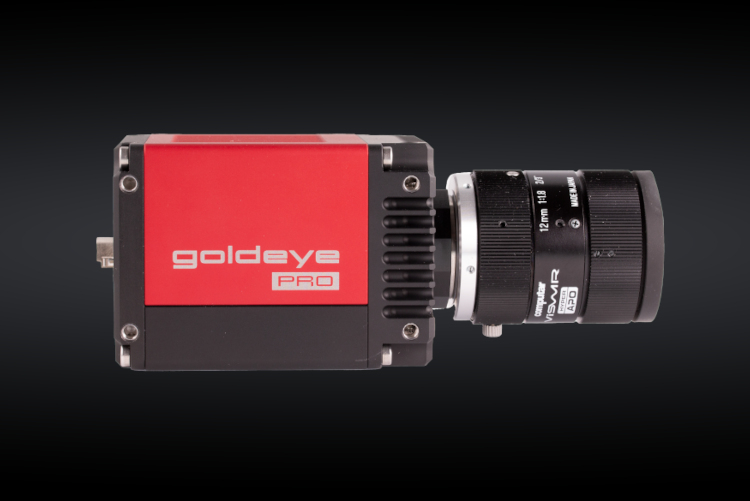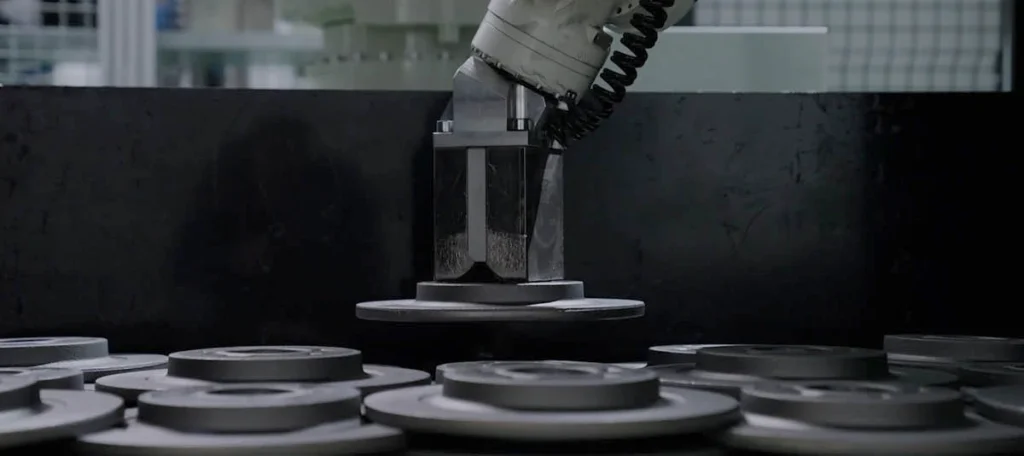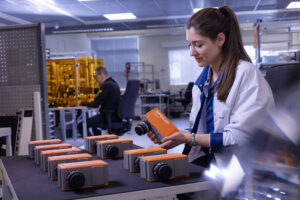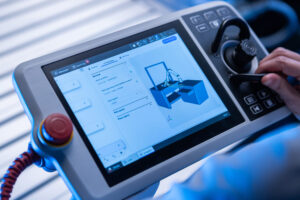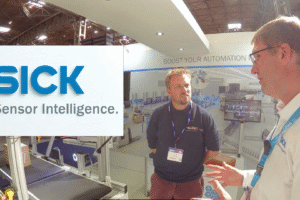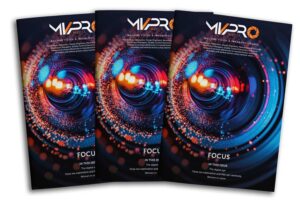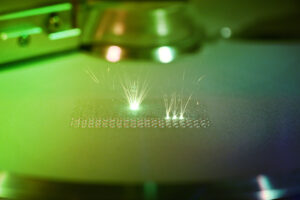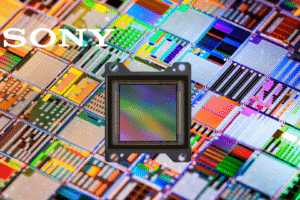Inspection-based applications require cameras with extremely high frame rates to capture fast-moving images. Some may even require frame rates exceeding 500 fps. Prabu Kumar, Chief Technology Officer and Head of Camera Products at e-con Systems, explains why these cameras are important, and which applications require them.
As embedded vision systems keep taking quantum leaps to become more innovative and intuitive, it’s becoming more complex to address the specifications for resolution and frame rate. As you may know, conventionally, applications used in fast-moving inspection scenarios require extremely high frame rates. While a frame rate ranging from 30 to 60 frames per second (fps) suffices for the vast majority of embedded vision projects, certain niche applications require frame rates exceeding 500 fps.
To clearly capture objects that are fast-moving, the camera should be able to do so at high frame rates. If it comes with a short exposure time, these cameras can reduce motion blur, which often proves to be a challenge in such dynamic inspection scenarios.
Firstly, what is a high frame rate camera?
Basically, a high frame rate camera captures images and videos at higher speeds than standard cameras. However, selecting a camera’s resolution and frame rate involves achieving a balance between image fidelity and processing speed. For instance, inspection-based applications that are critical for high frame rates might not support ultra-high resolutions without sacrificing performance. Therefore, the challenge lies in optimizing the balance between these two crucial factors.
The selection of resolution and frame rate is ultimately determined by the specific needs of each application, along with the system’s processing power and bandwidth capabilities.
Now, the categorization of what constitutes a “high” frame rate camera doesn’t have a uniform standard. As far as modern embedded vision applications are concerned, a frame rate of 30 fps would be considered “high” for resolutions of 4K and higher. In the case of Full HD, frame rates ranging from 60 to 120 fps would be regarded as “high.”
Why high frame rate cameras are so important?
High frame rate cameras capture images and videos at much higher speeds than standard cameras, making them extremely valuable – especially for inspection-based applications. In this case, rapid processing and real-time analysis are necessary.
High frame rate cameras enable inspection systems to identify and respond to defects, misalignments, or other issues instantly. This rapid response helps in maintaining the quality of production processes by preventing the production of faulty products, reducing downtime, and ensuring consistent product quality.
What are the required features of high frame rate cameras?
- Strobe function: It helps synchronize the camera with strobe lights for capturing fast-moving objects with minimal blur.
- External trigger: External trigger support enables accurate control over the timing of each frame capture, which is crucial for synchronizing with external events or systems.
- Global shutter: The entire image is captured at once, thanks to the global shutter mode, which eliminates motion artifacts and provides undistorted images of fast-moving subjects.
- Multi-ROI capture: Several specific areas of interest are captured within a single frame, which is important in inspection scenarios where the focus is on multiple distinct areas within the FoV.
- Resolution of the sensor:High resolutions mean the data size of each frame will be large. A high resolution implies a lower frame rate.
- Bandwidth of the interface:USB 3.0 has a maximum bandwidth of 400 MB/s in comparison to MIPI, which provides a bandwidth of up to 320 MB/s (per lane).
- Time of exposure:The maximum frame rate that can be achieved can’t surpass 1 divided by the exposure time (in seconds). Hence, the exposure time must be aligned with the required frame rate.
- Format of pixels:The output image’s format (Bayer, RGB, or mono) affects the frame rate. For instance, RGB would need more bandwidth and processing vs. raw Bayer output.
- Region of Interest:The larger the Region of Interest width and height, the larger will be the frame file size.
- Sensor bit depth:The more the depth of the bit, the more reduced will be the maximum frame rate.
Popular applications of high frame rate cameras
Industrial inspection
High frame rate cameras are integrated into automated systems such as robotic arms and pick-and-place robots. These cameras enable the robots to accurately identify and capture barcodes or other markings on objects moving along production lines, ensuring smooth processing. They are crucial in applications that demand accurate imaging for tasks like object sorting, machine tending, and product inspection. Also, the significant amount of data transferring enabled by high frame rate cameras ensures that images are quickly sent to centralized systems for analysis and decision-making.
Smart farming
High frame rate cameras monitor and analyze the rapid movements and behaviors of livestock and crops in real time. It helps in the early detection of diseases, pests, and other issues by providing detailed imagery that can be analyzed to preemptively address agricultural challenges. Moreover, these cameras support modern agriculture practices with high fps by enabling optimal usage of water, fertilizers, and pesticides, thereby increasing crop yields at reduced costs.



